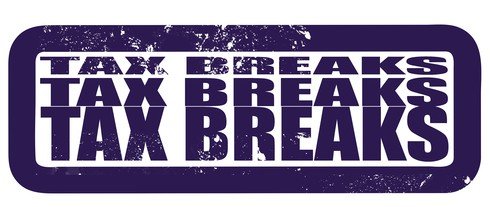Solar Investment Tax Credit Extended. The solar electric generation industry has experienced rapid growth in recent years. Residential rooftop solar installations, once considered rare and quirky, have gained widespread acceptance in many states. Significant reductions in the cost of materials combined with tax incentives from federal, state and local governments are the primary drivers of this transformation.
Solar Energy Incentives
The economics and politics of rooftop solar generation have been interesting to follow over the past decade. Many factors, including import tariffs and trade policy, have affected consumer costs. Utility generation rates and net metering tariffs have also changed how long it takes homeowners to recover their investments. State property tax laws, deed restrictions, and HOA rules have also added to the complexity of issues surrounding rooftop solar systems. The elephant in the room, however, is the federal Solar Investment Tax Credit.
The Energy Policy Act of 2005 created a 30% investment tax credit for both commercial and residential solar energy generation systems. This tax credit started in 2006 and, by way of various legislative actions, received extensions through December 31, 2016. Material costs decreased dramatically during this time as Asian manufacturers ramped up production. The number of solar installations skyrocketed as consumers became more comfortable with the level of investment and payback period.
With this dramatic growth, however, there were calls by some to allow the investment tax credit to expire as scheduled at the end of 2016. The primary argument was that solar energy had survived its incubation stage and no longer warranted such an aggressive tax incentive. Some also felt that the tax credit unfairly shifted utility costs to lower income consumers who could not afford to install the systems. Still others argued that the tax credit was essential to diversifying U.S. electricity generation and reducing fossil fuel combustion gases.
Through all the debates over the tax incentive, it was undeniable that the solar industry was a job creation machine. While manufacturing was firmly entrenched offshore, sales and installation crews were domestic. The Solar Energy Industries Association estimates that the solar electric industry will employ more than 420,000 workers by 2020.
With 2016 being an election year, there were discussions that extending the tax credit would be an unpopular topic. By design, tax credits encourage desirable behavior across broad segments of the population. The Solar Investment Tax Credit is no different. The case for extending the credit weakened when rooftop solar installations gained mainstream popularity.
Energy Tax Credits
However, on December 18, 2015, the solar electric industry received and early Christmas present when Congress passed a massive omnibus spending bill. Buried in the bill and receiving practically no discussion was a measure that extended the Solar Investment Tax Credit for both residential and commercial projects. The tax credit was modified according to the following schedule:
- 30% through the end of 2019
- 26% through the end of 2020
- 22% though the end of 2021
- 0% for residential projects after 2021
- 10% for commercial projects after 2021
Solar energy proponents are generally pleased with the tax credit extension framework. It provides a stable platform for growth, investment, and maturation for five years. Opponents would have preferred a steeper phase-out schedule but at least it sets the expectation that the tax incentive is not going to simply be extended at the 30% level. It will be interesting to see how the industry evolves in the coming years in response to this favorable extension.


